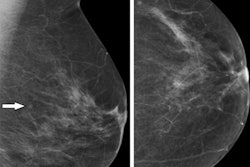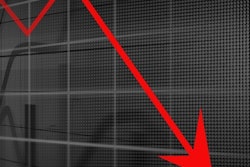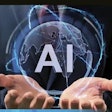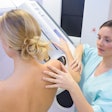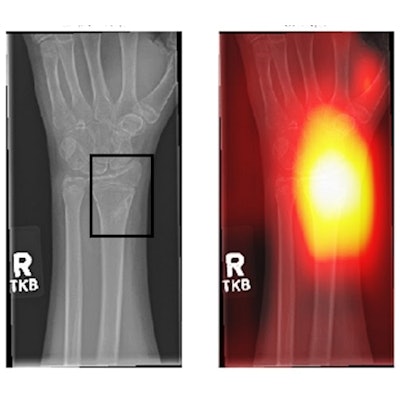
Many radiographers in the U.K. don't really understand how artificial intelligence (AI) technology can interpret imaging studies, according to research presented at this week's UK Imaging & Oncology (UKIO) Congress in Liverpool.
After surveying 86 reporting radiographers, researchers from Ulster University found that 53 (62%) were confident in how an AI application reaches its decision. However, less than a third of the respondents indicated that they would be confident in communicating the AI decision to stakeholders such as patients, carers, and other healthcare practitioners, according to the researchers led by Claire Rainey.
"This research shows we need to educate radiographers so that they can be sure of diagnosis and know how to discuss the role of AI in radiology with patients and other healthcare practitioners," Rainey said in a statement from the UKIO.
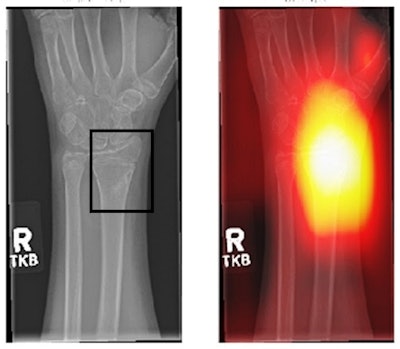 (Left) Area with fracture (in the box). This may not be easily picked up by an inexperienced radiographer. (Right) An AI-generated heatmap, directing the radiographer to check the area. Figure courtesy of Clare Rainey and MURA dataset.
(Left) Area with fracture (in the box). This may not be easily picked up by an inexperienced radiographer. (Right) An AI-generated heatmap, directing the radiographer to check the area. Figure courtesy of Clare Rainey and MURA dataset.Rainey, Dr. Sonyia McFadden, and colleagues also reported that 57% of respondents would have more overall confidence in the finding if AI confirmed their diagnosis. But 70% would seek an additional opinion if the software disagreed with their opinion.
The survey highlights issues with the perceptions of reporting radiographers in the U.K. regarding the use of AI for image interpretation, according to Rainey.
"There is no doubt that the introduction of AI represents a real step forward, but this shows we need resources to go into radiography education to ensure that we can make the best use of this technology," she said. "Patients need to have confidence in how the radiologist or radiographer arrives at an opinion."
The study, which was presented on behalf of Rainey by co-author Dr. Nick Woznitza, was also published online 1 July in Radiography.





